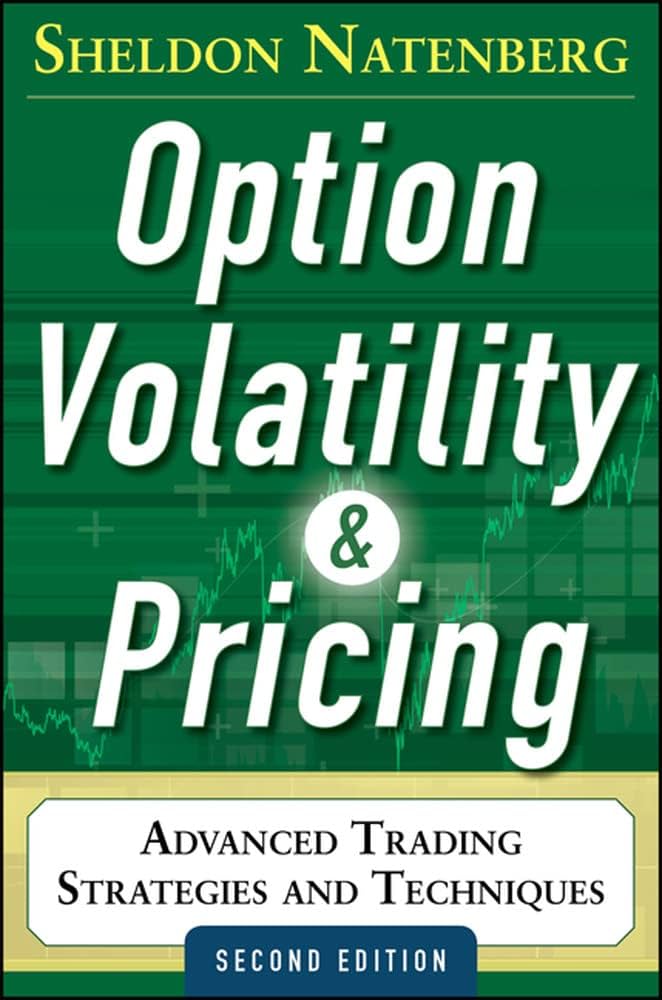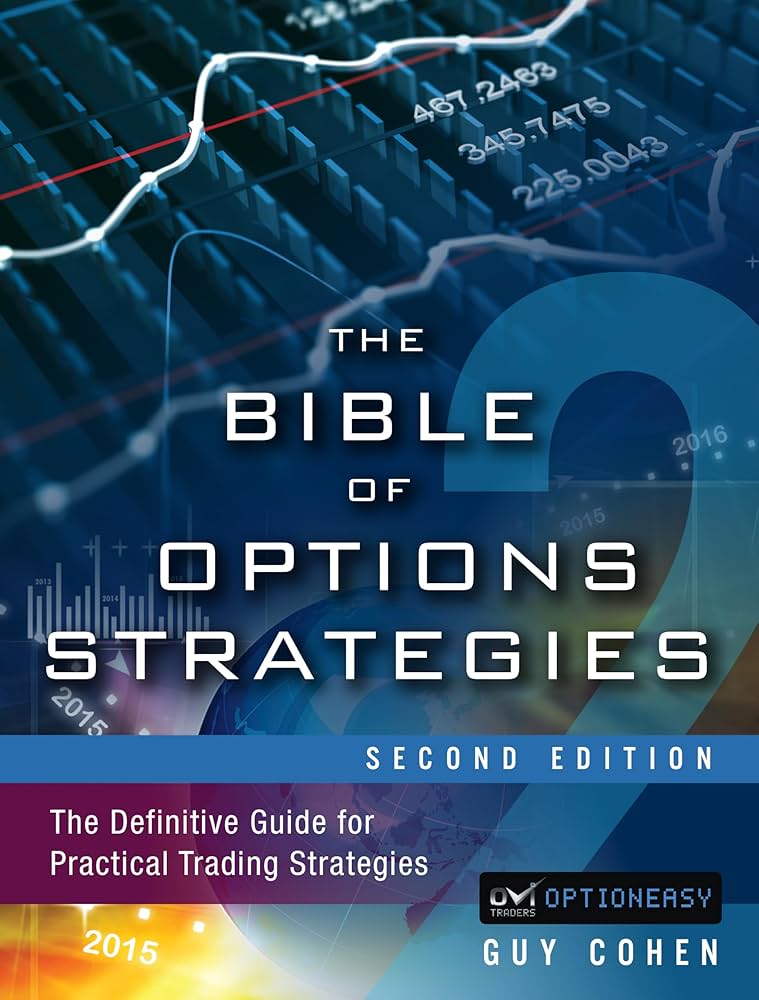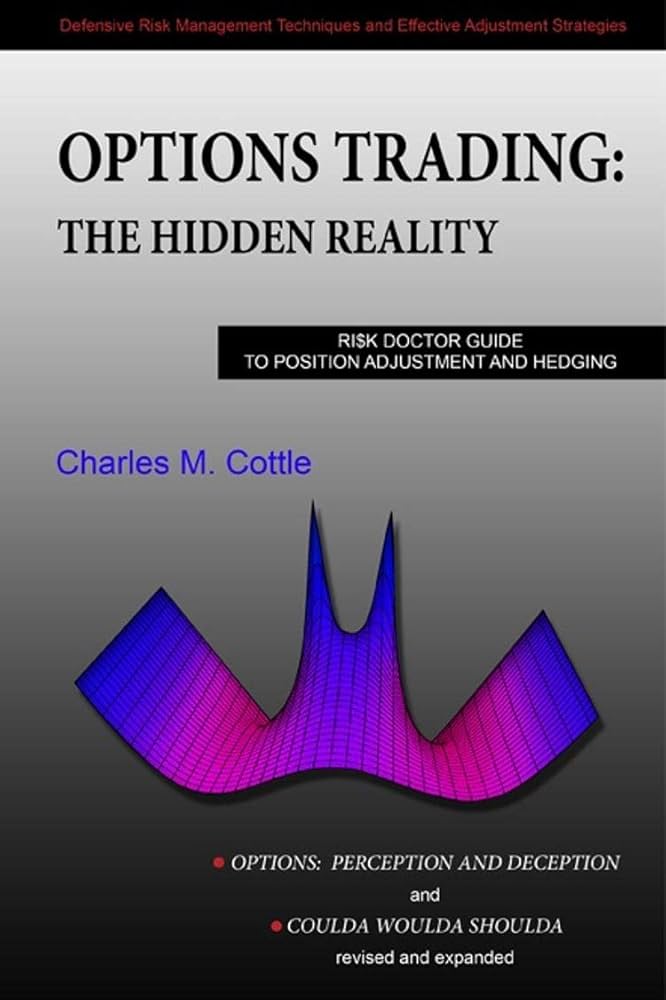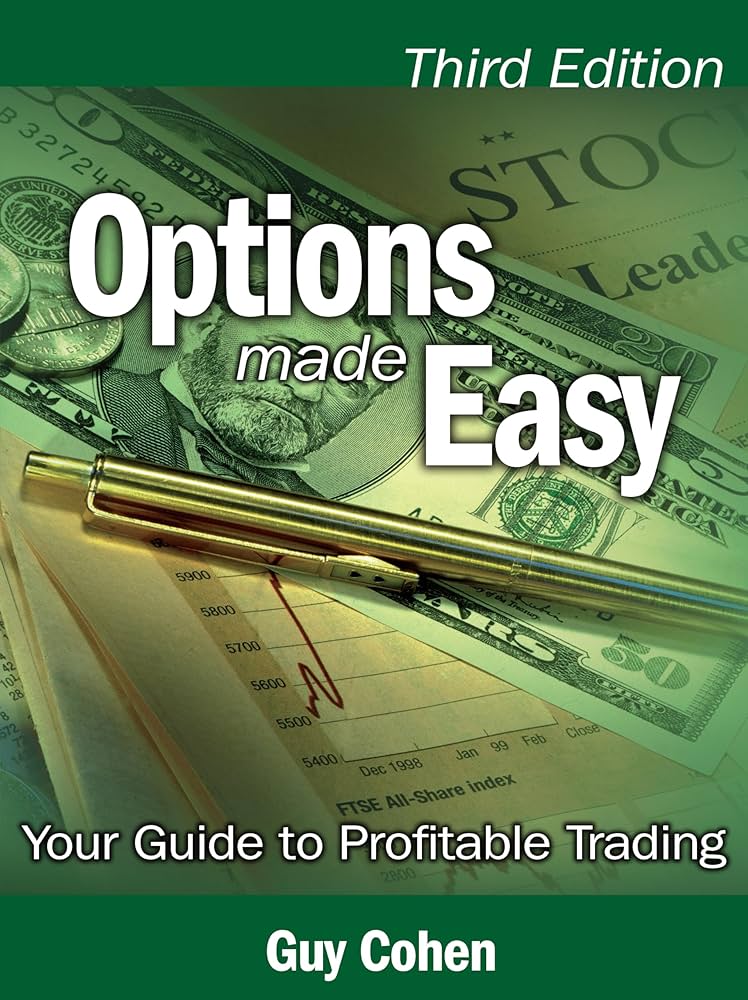If you have decided to invest in stocks and are looking to identify a company to invest in, then you need to compare companies based on various parameters. One of such parameters is the operating profit margin.
In this blog, we will explain the concept of operating profit margin, along with the formula and an example.
Meaning of Operating Profit Margin
Operating profit margin is a financial metric that reflects the percentage of a company’s revenue that is left after paying all the operating expenses related to production, including wages, raw materials, etc. before paying interest or taxes.
Features of Operating Profit Margin
The key features of operating profit margin are as follows:
- Business Profitability: Operating profit margin reflects the efficiency of a company in generating profit from its core business operations.
- Comparative Analysis: The operating profit margin is generally used to compare the profit of the company with its competitors.
- Operating Expenses: Only items related to operating expenses are considered when calculating the operating profit.
Formula of Operating Profit Margin
The formula to calculate the operating profit margin is as follows:
Operating Profit Margin = (Operating Profit/Revenue)*100
Where;
Operating Profit = Revenue – COGS – Operating Expenses
Revenue = Total income earned by the company before any type of cost or expenses is deducted.
Example of Operating Profit Margin
Let’s understand the example of operating profit margin with an example.
Company XYZ has made a sale of
- Revenue = ₹10,00,000
- Cost of Goods Sold = ₹2,00,000
- Operating Expenses = ₹3,00,000
Now we will have to calculate the operating profit.
Operating Profit = Revenue – COGS – Operating Expenses
Operating Profit = ₹10,00,000 – ₹2,00,000 – ₹3,00,000 = ₹5,00,000
The formula to calculate the operating profit margin is
Operating Profit Margin = Operating Profit/Revenue*100
where,
Operating Profit = ₹5,00,000
Revenue = ₹10,00,000
Operating Profit Margin = 5,00,000/10,00,000*100 = 50%
Hence, the operating profit margin of XYZ Limited is 50%.
Importance of Operating Profit Margin
The importance of operating profit margin is mentioned below:
- Evaluation: Operating profit margin allows us to evaluate the efficiency of a company based on its operations. A higher margin shows that the company has lower input costs and higher sales.
- Profitability: A higher operating margin will increase the net profitability of the company.
- Competitive Advantage: When comparing companies with their peers, operating margins play an important role, as companies with lower profit margins are considered a financial trouble.
- Decision Making: Based on the operating margins, the company can decide the prices of their products and make decisions related to cost-cutting.
Factors Affecting Operating Profit Margin
The factors mentioned below will affect the operating profit margin:
- Raw Material: The input cost or the cost of raw material used by the company in producing goods can affect the operating profit margin. The higher the cost, the lower the profit margin.
- Labour Cost: If the labour cost is high, the operating profit will be less.
- Availability of Resources: If the resources are not available readily, then it can lead to an increase in production costs.
- Distribution Channel: If the channel through which the raw material is supplied or goods get delivered gets disrupted, then the cost of production will increase.
Conclusion
On a concluding note, operating profit margin plays an important role in evaluating the company’s efficiency in generating profits from its core business operations. Improving or high operating profit margin posted by the company over time indicates efficient management, effective cost control, and a competitive edge over other companies. However, investing based only on the operating profit margin is not a wise decision. Therefore, it is advisable to consult your investment advisor before making any investment decision.
| S.NO. | Check Out These Interesting Posts You Might Enjoy! |
|---|---|
| 1 | Margin Pledge: Meaning, Risks, And Benefits |
| 2 | Margin Call: – Definition and Formula |
| 3 | Top Tips for Successful Margin Trading in India |
| 4 | What is MTF (Margin Trading Facility)? |
| 5 | Lowest MTF Interest Rate Brokers in India |
Frequently Asked Questions (FAQs)
What is the formula to calculate operating profit margin?
The formula to calculate operating profit margin is Operating Profit/Revenue*100.
What is Operating Profit Margin?
The operating profit margin is a financial metric used by investors to evaluate the operating profitability of a company, or the percentage of revenue left after covering the operational expenses of the company.
What percentage is considered a good operating profit margin?
The ideal operating profit margin depends on the industry in which the company is operating. A 15-20% of operating profit margins is considered good for manufacturing companies and it can be more than 25% in the service-oriented industry.
Can the operating profit margin be negative?
Yes, if the company’s operating expenses are higher than the company’s revenue, then operating profit margin can be negative, indicating that the company is in financial trouble.
Can I invest in a company only because it has a higher profit margin?
Yes, you can invest in a company with a higher profit margin. However, it is advisable to consider more parameters before making any investment decision as investment in stocks solely based on operating profit margins can result in losses.

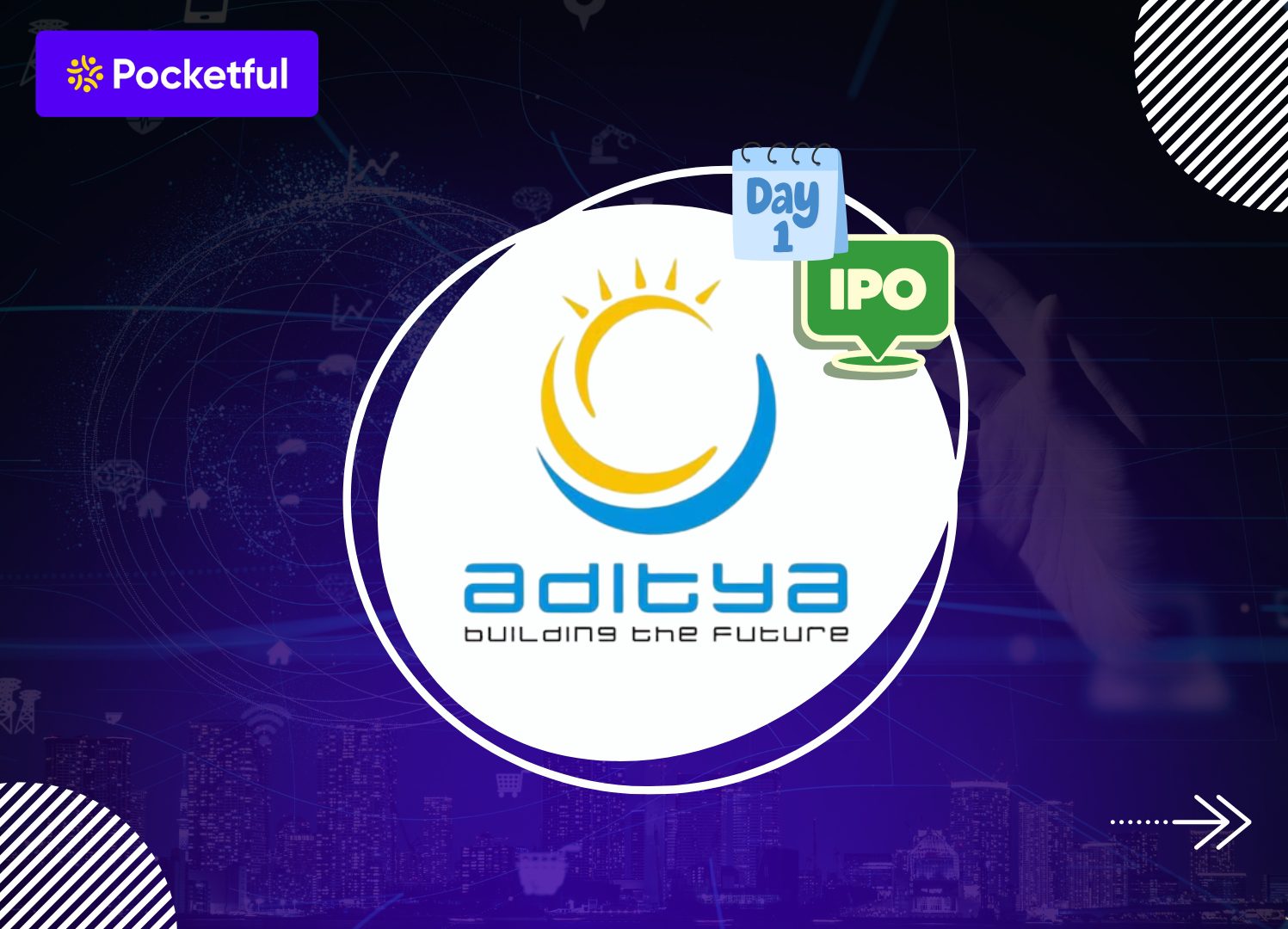
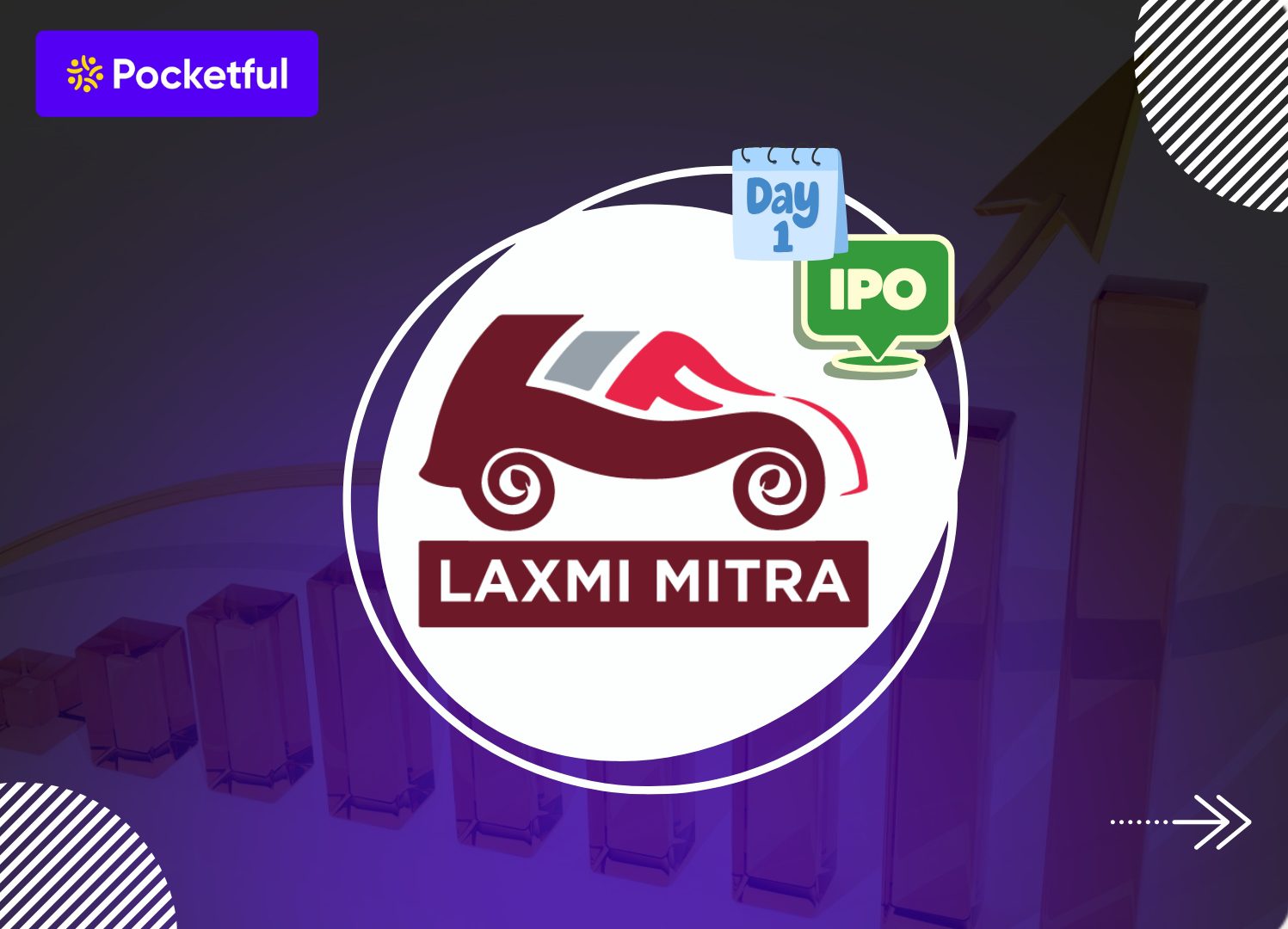
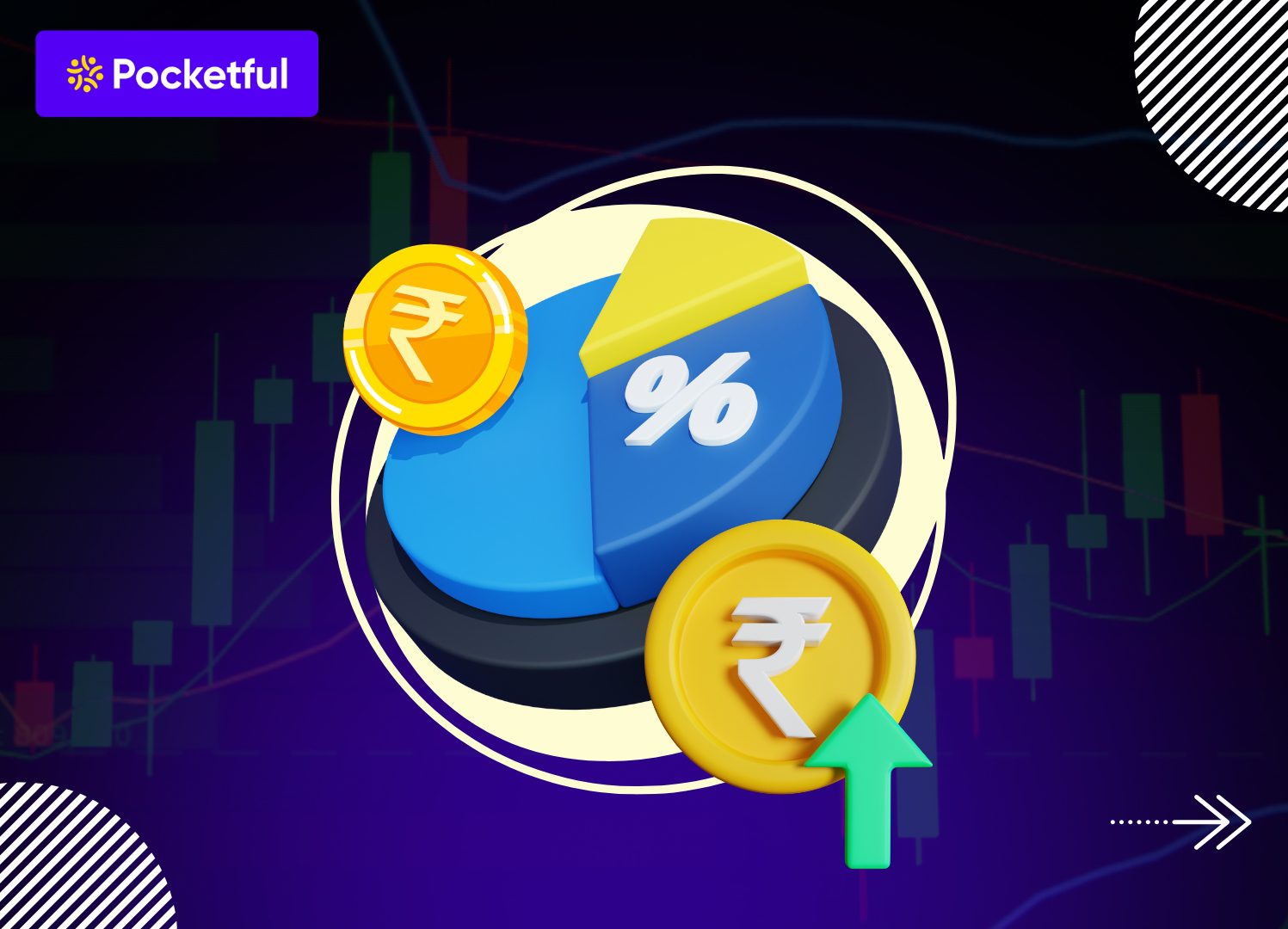

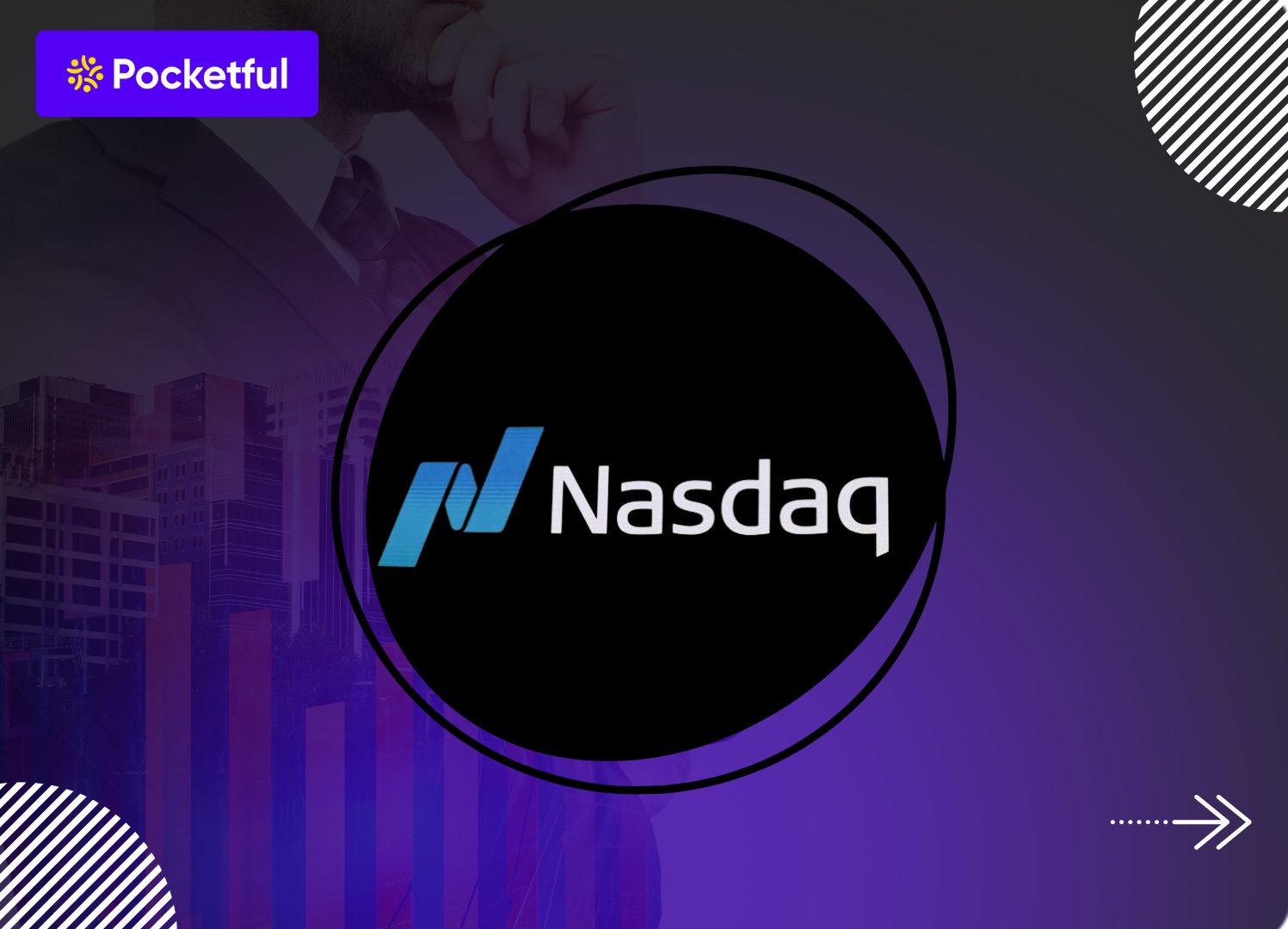
![Top 10 Option Trading Books in India [2025]](https://cms-resources.pocketful.in/blog/wp-content/uploads/2025/07/Top-10-Option-Trading-Books-in-India.jpg)

